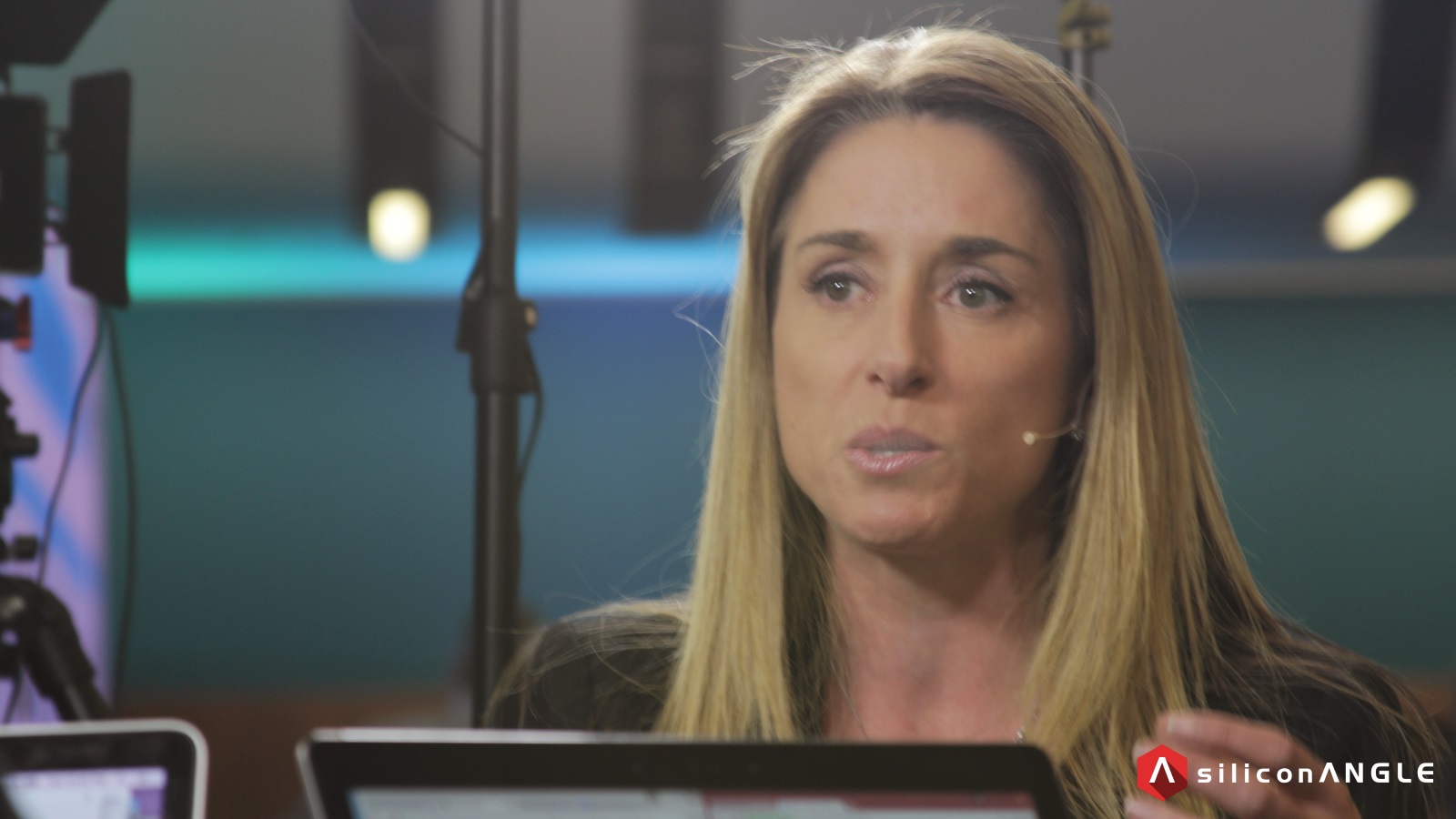 NEWS
NEWS
 NEWS
NEWS
 NEWS
NEWS
Workload-defined architecture is the way of the future, said the Intel Corporation‘s Raejeanne Skillern. As GM of the Cloud Services Provider Business Unit at Intel, she knows first hand that in order to really take advantage of scale optimization in hyperscale, Intel needed to “finely tune architecture for the unique workloads that [customers] are running,” This practice meant integrating new technology so the hardware and software work better together.
This movement took many forms at Intel, but in terms of processor lines, it was particularly wide reaching. “This can be accelerators, new instructions or things that we’ve put in to optimize around,” said Skillern.
Furthermore, in a truly software defined environment where the application is in control of the compute, network, and storage resources, Intel is taking sets to ensure “they’re not just pulling the best compute, but optimized compute, optimized network and storage silicon that’s been specifically designed for those unique workload requirements,” Skillern explained.
This combination of software and hardware is of particular excitement to Intel because of how it “marries with open,” said Skillern. Intel believes “the best form of innovation is when it’s built in open standards and that really accelerates the market,” Skillern said.
It may be open standards that accelerate the market, but Skillern described how she believes that the great enabler in the technology industry right now is the focus on specific workloads. Some global cloud service providers have a unique advantage, in this sense, because they can optimize around a fewer set of applications. Others, she highlighted “don’t have the ability to build out three data centers designed for one application.” To help, she explained that Intel has taken “the best of scale and flexibility and married it to open APIs or open management interfaces,” This gives Intel customers the ability to choose the level of support they need.
For some large, enterprise-class customers, this means simplifying the “traditional enterprise class server,” Skillern said. While it may be “robust for an enterprise environment, being able to strip it back and give people that flexibility is kinda mirroring that innovation to allow optimization for a unique environment,” Skillern continued. As the enterprise moves toward software-defined infrastructure, “where they are really focused on TCO optimization or better VM density with higher utilization rates across their infrastructure, they are going to start to question the true optimization of their deployments,” explained Skillern. While she doesn’t see the typical robust enterprise framework going away anytime soon, Skillern noted that “they’re going to have more choices, which is interesting.”
For service providers, Skillern noted that there are two major aspects of innovation on which they need to focus:
1. Getting maximum efficiency out of every bit of infrastructure they deploy.
Skillern explained that for smaller service providers to remain competitive, they need to “get really focused on their infrastructure to make sure they aren’t’ wasteful. If you can’t compete on cost alone, design for differentiation and service,” she said.
2. Optimize around security.
Security is still the it’s the “number one barrier to opportunity when people are looking to explore cloud,” said Skillern. Service providers can allay customer concerns by investing in better security solutions, like “faster encryption, geotagging, securing trust to manage government policies or regulation,” she explained.
There’s also a chance to differentiate by leveraging “high-performance workloads,” Skillern observed, like “HPC clusters in the cloud, or big data analytics in the cloud.” Soon, she predicts society will “have clouds for everything from dry cleaning to refrigerator maintenance.” With a SaaS model, there can be “any level of cloud based service,” according to Skillern.
At Intel, they often observe that “when you can make the cost of something easier to deploy and cheaper, it doesn’t create a commodity — it doesn’t stop people from buying.” explained Skillern. Instead of buying less, people will find “new uses for it because it becomes easy to deploy and more cost effective,” she said. When it comes to cloud, Skillern said that she believes this to be particular true. She predicts that as cloud becomes more cost-effective and more companies deploy software defined infrastructure, lowering their cost-per-operation down to the infrastructure, “the possibilities [will be] endless because we’re making it pervasive and deployable.” Skillern concluded.
Security, said Skillern, “undercuts everything.” It’s of primary importance and therefore Intel builds security into its products, “all the way down to anything that runs on top of that silicon.” The Xeon Class System on a Chip, she said, doesn’t just integrate performance and gigahertz, but also “security features, manageability features, and virtualization features.”
Intel, she highlighted, is focused on “making sure that from silicon to solution, security is embedded and inherent,” Key features like manageability, orchestration, and security, that live “down in the infrastructure” can be monitored in the silicon. The flow stretches from “individual silicon components to rack scale architecture to APIs that integrate to the orchestration layer,” Skillern expressed that she believes the works is headed towards a software-defined data center model, and that to really take advantage of this coming wave, Intel had begun to design across both key components. It’s how software and hardware work together, said Skillern, “that drives the greater result.”
Watch the full interview below, and be sure to check out more of SiliconANGLE and theCUBE’s coverage of Open Compute Summit 2015.
THANK YOU